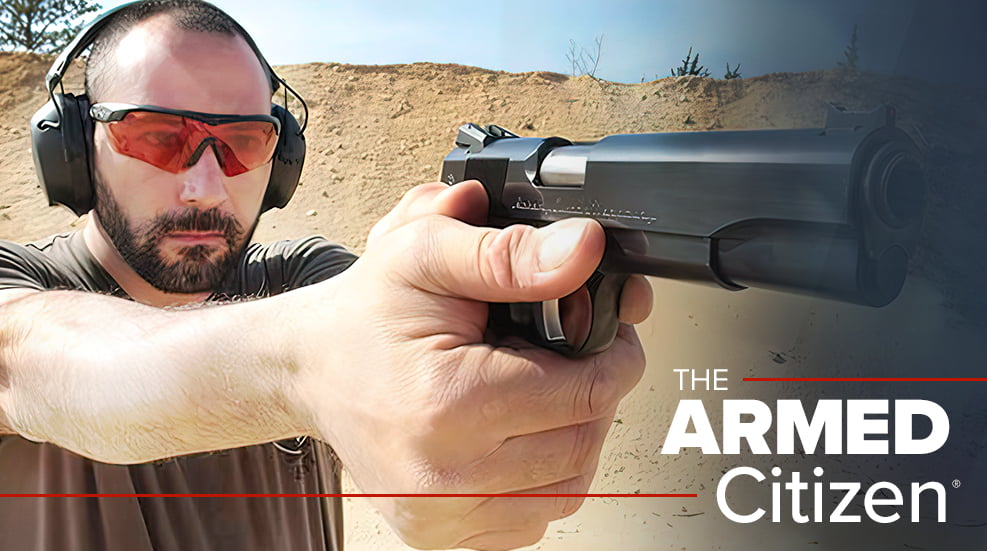
As the name “buckshot” implies, it was used in bygone days to shoot deer at close range. About its only current use, however, is short-range defense against those dangers that lurk in the shadows.
 I keep my 12-ga. Mossberg 500 Tactical close at hand during those nights camped in a tent. The Mossberg pump’s magazine is stuffed with 2¾" shells loaded with nine lead 00 buckshot pellets that immediately begin to spread when fired through the cylinder bore of the Mossberg’s barrel. I haven’t been able to significantly reduce the spread of 00 buckshot even by firing it through barrels with tighter improved cylinder and modified chokes, and that goes for both handloaded and factory 12-ga. buckshot loads.
I keep my 12-ga. Mossberg 500 Tactical close at hand during those nights camped in a tent. The Mossberg pump’s magazine is stuffed with 2¾" shells loaded with nine lead 00 buckshot pellets that immediately begin to spread when fired through the cylinder bore of the Mossberg’s barrel. I haven’t been able to significantly reduce the spread of 00 buckshot even by firing it through barrels with tighter improved cylinder and modified chokes, and that goes for both handloaded and factory 12-ga. buckshot loads.
Nine 00 balls overflow a shot cup to the top of a case’s mouth. Fitting the balls inside the shot cup requires tapping the edge of the case rim on the bench top while pushing the pellets with a finger to settle them in the case. Still, some space remains between the balls, and upon firing, they have a running head start to smash into each other. Add a grating ride down the bore, and the soft lead balls are already significantly deformed by the time they exit the muzzle.
The accompanying recipe results in an average 00 buckshot spread of 14" at 25 yards. To see if the spread of my buckshot handloads was excessive, I also shot Remington Express 2¾" 12-ga. shells loaded with nine 00 buckshot and polymer granules sifted between the balls that act like little pillows to cushion the balls during their rough ride down the cylinder bore. The Remington load averaged a spread of 12" at 25 yards.
One thing is certain about the buckshot load at close range, though—it delivers nearly 500 grains of lead, immediately devastating to things that prowl in the night.




































